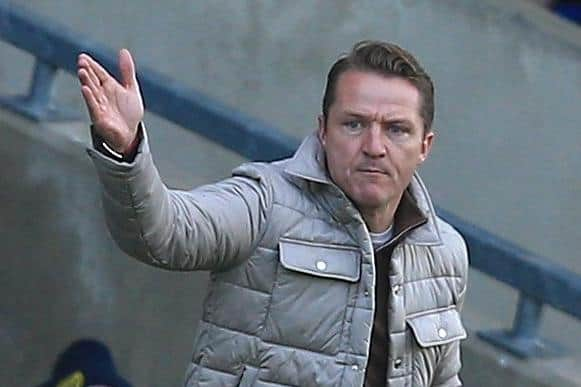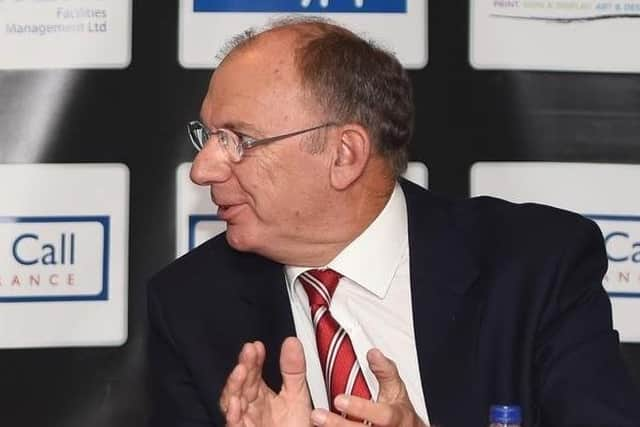Gary McSheffrey given "full backing" by Doncaster Rovers following relegation to League Two
and live on Freeview channel 276
Chairman David Blunt said in a statement released shortly after Rovers’ inevitable relegation was confirmed that McSheffrey has the club’s “full backing”.
The 39-year-old took over from Richie Wellens in early December with Rovers sat second bottom in the table with 13 points from 19 games.
Advertisement
Hide AdAdvertisement
Hide AdMcSheffrey, who stepped up from youth team boss into his first senior job in management, was unable to lift Rovers to safety as they finished 22nd in the table with 38 points.


McSheffrey won seven of his 27 league games in charge.
Rovers have been relegated twice to League Two since Blunt was appointed chairman in 2014.
Blunt said in a statement: “Following today’s results, our relegation from Sky Bet League One has been confirmed.
“This is bitterly disappointing for all at the club and we would like to apologise to our loyal supporters for how things have played out.
Advertisement
Hide AdAdvertisement
Hide Ad

“While we acknowledged last summer that this would be a period of transition on the pitch, this is not the outcome we anticipated.
“Please be assured however that we are determined to emerge from this setback stronger both off and on the pitch. The adversity has provided valuable lessons and highlighted areas across the club where improvements can be made to put us back on the right path.
“For the last several months, we have carried out a significant review of our football operations and have sought to learn from the practices of other clubs.
“This has led to the creation of head of football operations role into which James Coppinger has been appointed. We are confident it will ensure greater cohesion and put on-field form back on an upward trajectory.
Advertisement
Hide AdAdvertisement